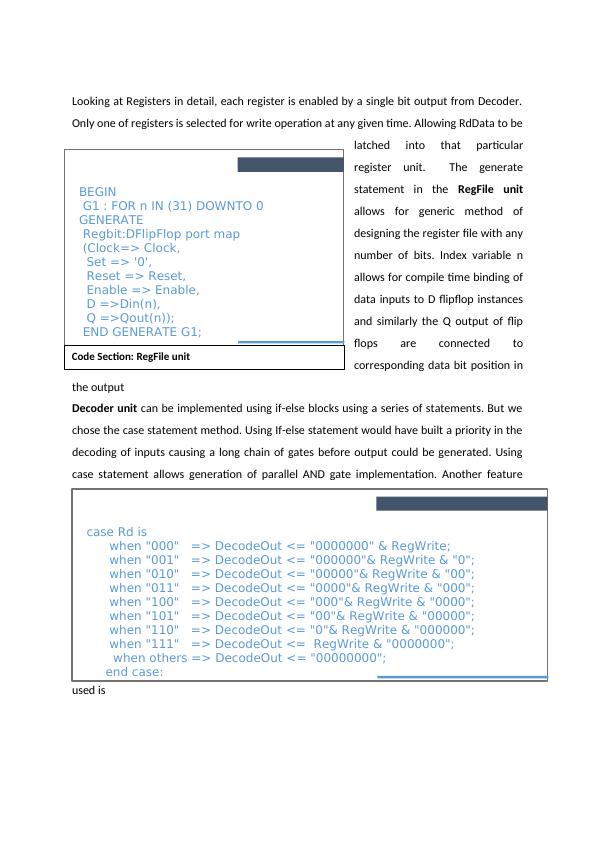VHDL Assignment: Register File Implementation in VHDL
Write and test a VHDL entity to model a register file and submit the VHDL source files along with a report documenting the system structure.
4 Pages928 Words211 Views
Added on 2023-04-20
About This Document
This VHDL assignment focuses on the implementation of a Register File using a bottom-up approach. It covers the design of memory elements, control circuits, and multiplexers. The code sections and testbench for verification are also provided.
VHDL Assignment: Register File Implementation in VHDL
Write and test a VHDL entity to model a register file and submit the VHDL source files along with a report documenting the system structure.
Added on 2023-04-20
ShareRelated Documents
End of preview
Want to access all the pages? Upload your documents or become a member.


